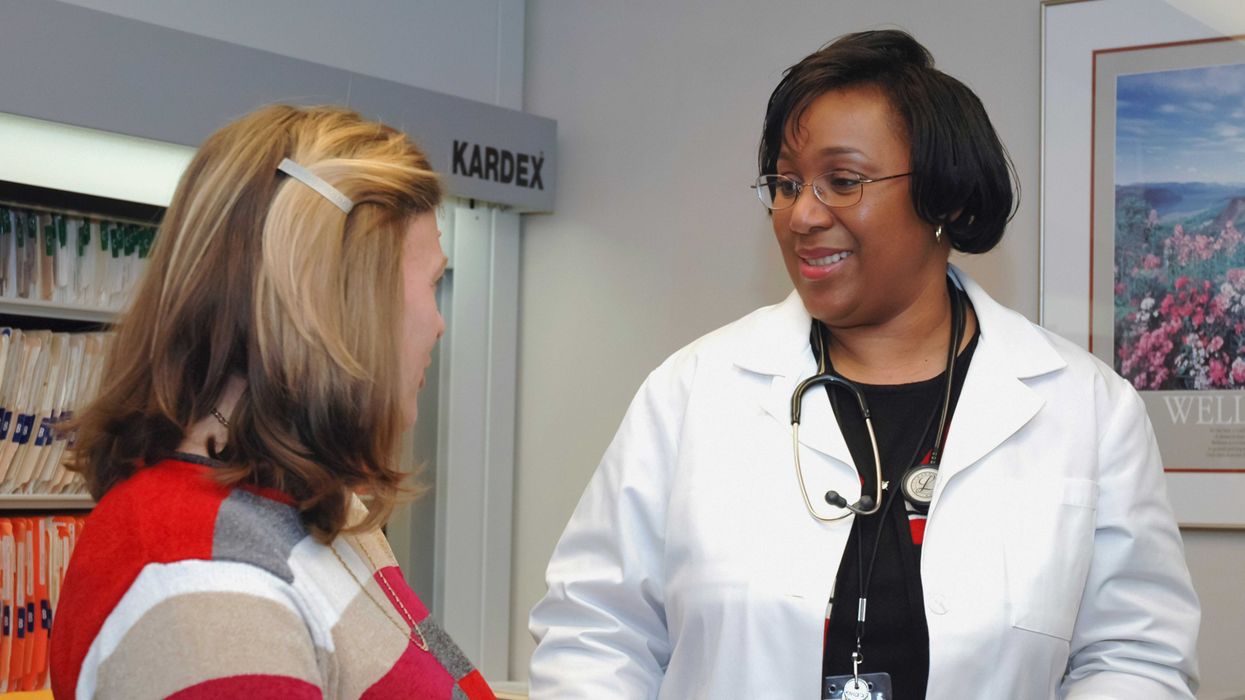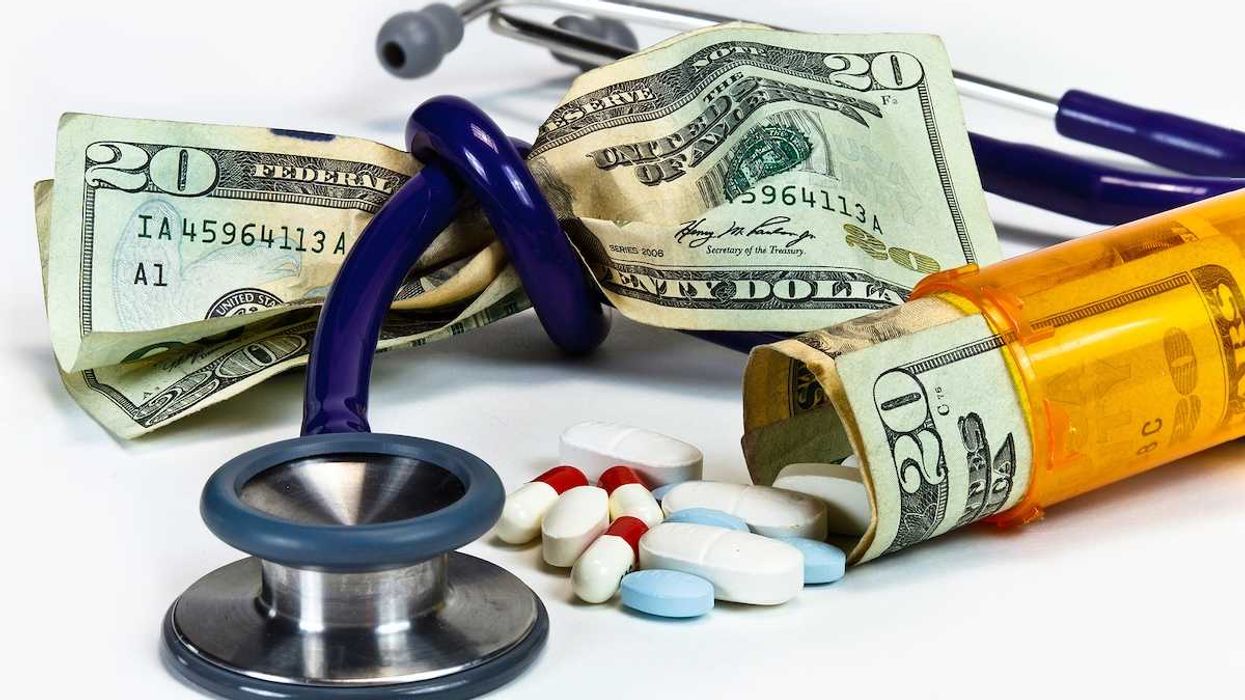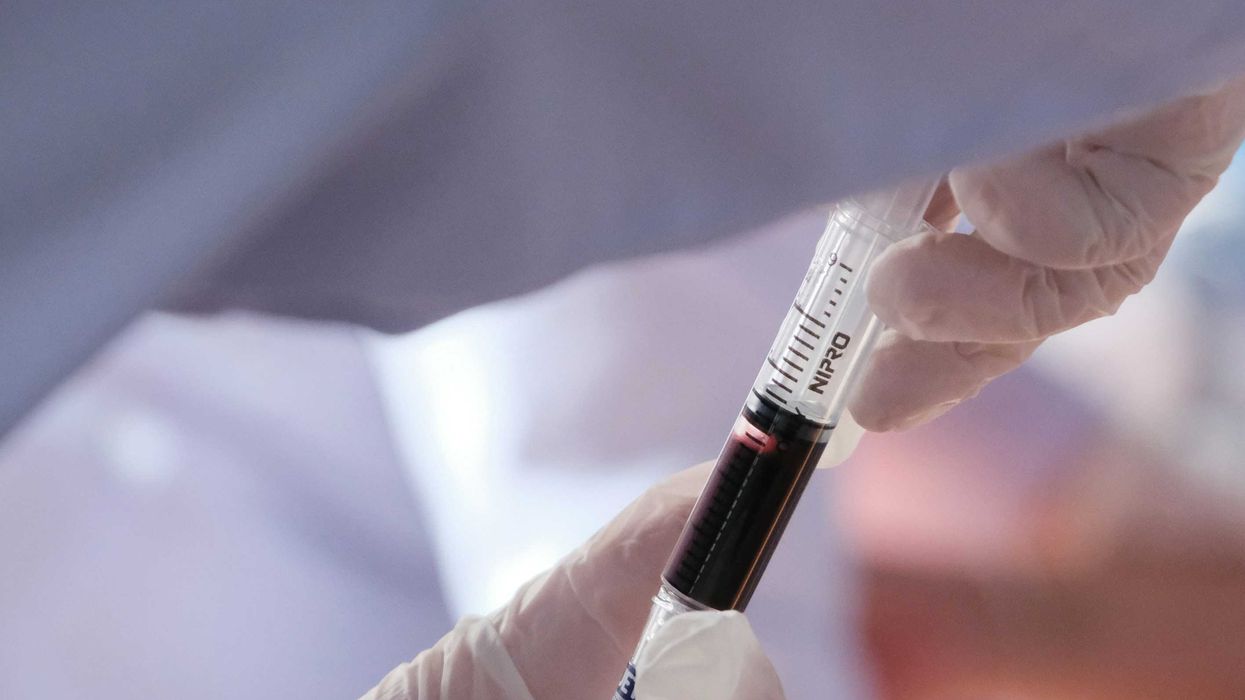A new study finds that titanium dioxide nanoparticles in food may disrupt hormone function and blood sugar regulation, potentially increasing the risk for obesity and diabetes.
Tom Perkins reports for The Guardian.
In short:
- Titanium dioxide, used in foods to brighten colors, is present in up to 11,000 U.S. products including popular snacks like M&Ms and Chips Ahoy!, despite being banned in the European Union for food use since 2022.
- The peer-reviewed study from Jiaxing Nanhu University found that mice fed titanium dioxide nanoparticles had disrupted gut hormone levels and higher blood glucose than those given larger particles or none.
- Public health groups, including Unleaded Kids, petitioned the U.S. Food and Drug Administration to ban titanium dioxide in 2023, citing its endocrine-disrupting effects, but the agency has yet to respond.
Key quote:
“Our research highlights the detrimental effects of titanium dioxide nanoparticles as potential intestinal endocrine disruptors.”
— Study authors, Jiaxing Nanhu University
Why this matters:
Titanium dioxide is a common ingredient in processed foods, cosmetics, and kitchenware, but its nanoparticle form is raising alarm. When broken into nano-scale, these particles behave differently in the body, slipping past biological barriers and lingering in organs for years. Evidence suggests they may interfere with hormone production and metabolism, possibly contributing to public health issues like diabetes and obesity. While the European Union has taken a precautionary approach by banning titanium dioxide in food, the U.S. has not followed suit, despite rising concern among scientists and consumer advocates. Continued exposure to such poorly regulated additives puts long-term health at risk, especially for children who consume more processed snacks.
Related coverage:














